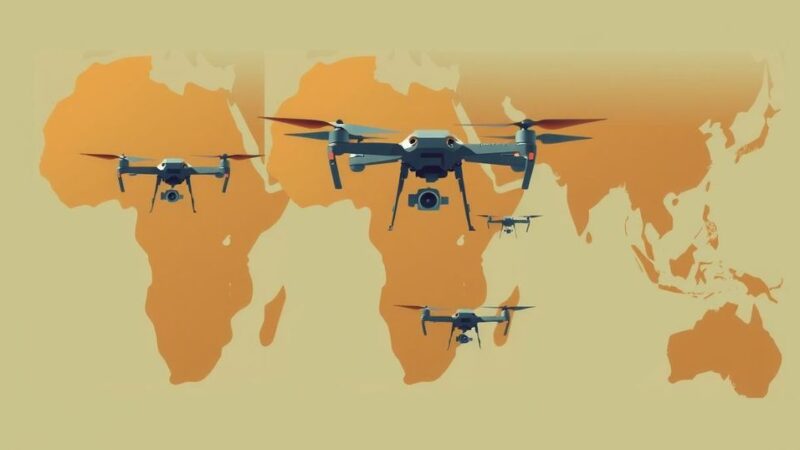This article enumerates 11 significant inventions from Latin America, highlighting figures such as Guillermo Gonzalez Camarena, who invented color television, and Luis E. Miramontes, who co-invented the contraceptive pill. It discusses the region’s innovative history and current challenges relating to investment in research and development, while noting emerging efforts to invigorate the innovation landscape.
Latin America has historically contributed a number of significant inventions that have had a global impact. Despite past achievements, a 2013 OECD report indicates that innovation in the region struggles due to insufficient investment and a lack of focus on research and development. While knowledge-intensive sectors thrive in the United States, Latin America remains predominantly reliant on natural resource and labor-intensive industries for manufacturing value. Nevertheless, recent initiatives and entrepreneurial ventures suggest a promising resurgence in innovation, signifying a shift towards more impactful technologies. Among the most notable inventions from Latin America are: 1. Color Television: Developed by Guillermo Gonzalez Camarena in Guadalajara, Mexico, this invention was the first of its kind to be patented, even finding utility by NASA. 2. Neonatal Artificial Bubble: Claudio Castillón Lévano of Peru created this device to enhance care for high-risk newborns. 3. Contraceptive Pill: Luis E. Miramontes, a Mexican chemist, co-invented the first oral contraceptive in 1956. 4. Electric Brake: Victor Ochoa patented this train-safety mechanism in 1907, making train operations safer. 5. Photography: Hércules Florence, a French-Brazilian, pioneered photography well ahead of Louis Daguerre. 6. Mondragón Rifle: Designed by Manuel Mondragón, this firearm featured automatic reloading capabilities, first utilized during World War I. 7. Ballpoint Pen: Invented by László József Biró, this pen utilized oil-based ink to flow smoothly on paper. 8. Artificial Heart: Dr. Domingo Liotta successfully transplanted the first artificial heart in 1969, marking a critical advancement in surgery. 9. Captcha Codes: This web security feature was created by Luis Von Ahn of Guatemala to combat online spam. 10. Stent: Julio C. Palmaz’s balloon expandable stent revolutionized cardiovascular treatments and earned recognition in the National Inventors Hall of Fame. 11. Drug-Administering Bandage: Alejandro Zaffaroni of Uruguay developed this innovative bandage allowing for transdermal drug delivery, contributing significantly to medical technology. These innovations underscore Latin America’s capacity for inventive solutions that address societal needs and improve quality of life. While the region faces challenges, its legacy of ingenuity highlights the potential for future advancements, strengthened by emerging startups and collaborative initiatives geared towards enhancing the innovation landscape. Indeed, with greater investment in research, Latin America stands poised to further its reputation as a source of pivotal inventions that influence global technology and society.
The capacity for innovation in Latin America has historically been robust, with numerous inventions that have significantly shaped various industries. Despite this rich inventive spirit, the region has been reported to lag in research and development investments compared to regions like the United States, where knowledge-intensive manufacturing prevails. Various regional initiatives, however, are bridging the innovation gap, led by startups and organizations that focus on harnessing technology for social good, indicating a burgeoning optimism for future contributions from Latin America.
In conclusion, Latin America has produced a wealth of groundbreaking inventions that reflect its innovative spirit and creativity. However, the ongoing challenge of low investment in research and development could hinder future advancements. The recent momentum in startup culture and collaborative projects signifies a potential turnaround for the region’s innovation prospects, reaffirming its capacity to contribute meaningfully to global technological advancement.
Original Source: www.weforum.org






